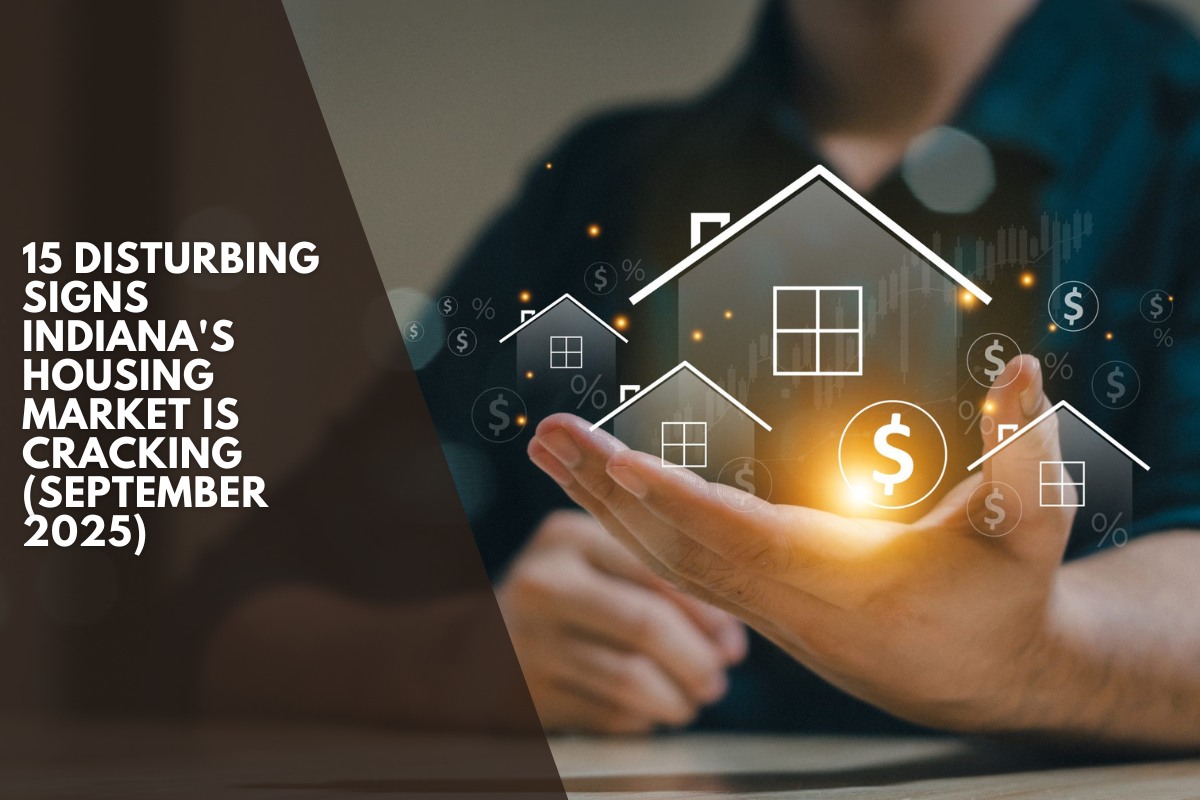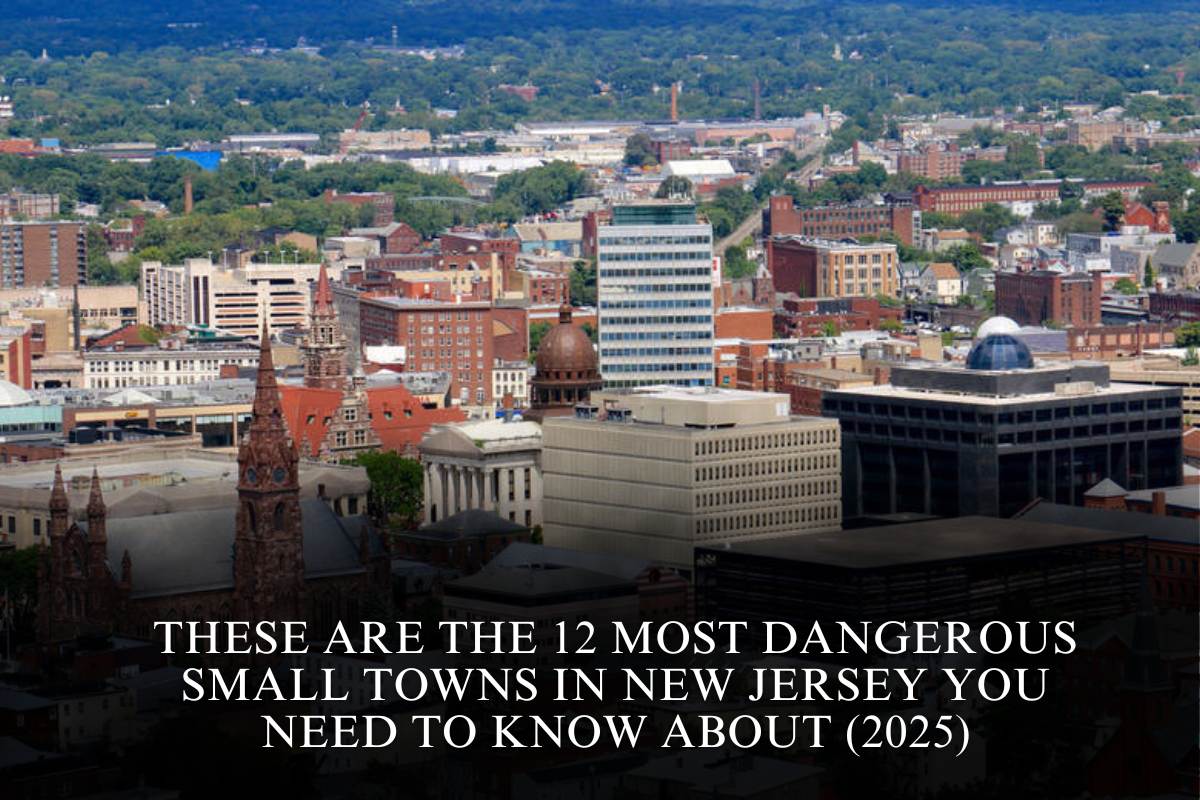Indiana’s housing market in September 2025 is showing serious signs of stress, with multiple indicators suggesting the steady Midwest state is heading for a profound correction. The following article breaks down 15 of the most troubling signals, including statewide data, market trends in key cities, and locations affected most by shifting real estate dynamics.
1. Median Home Prices Surge Past Affordability
The state’s median home value reached roughly $231,888 in July 2025, a new high for Indiana and well above past years. This marks a sharp jump from the typical town average a decade ago, which often hovered below $200,000. The barrier to entry for first-time buyers across towns like Indianapolis, Fort Wayne, and Bloomington is steadily rising, pushing more locals out of the market.
2. Price Growth Outpaces Wage Gains
Indiana’s average town price increased about 4.38% year-over-year, going from $222,165 to $231,888. This rate of appreciation is outstripping inflation-adjusted wage growth for many Hoosiers, making homes less accessible in cities and rural areas alike.
3. Inventory Is Surging
Statewide metro housing supply hit 18,332 listings in July 2025, a dramatic rebound from previous years’ inventory crunch. This surge is noticeable in cities like Carmel, Fishers, and Crown Point, and often signals dropping prices if demand fails to keep pace.
4. New Listings Growing Faster than Sales
Inventory is up 19.2% year-over-year and 5.8% month-over-month, outpacing actual home purchase rates. Counties around Indianapolis, Gary, and Evansville are seeing a dramatic flood of homes, potentially precipitating a buyer’s market as absorption slows.
5. Flat Sales Volume in Key Metros
Pending sales only nudged up 1.19% in July despite much higher supply, with the actual homes sold at 2,903 versus 2,869 a year ago. This is seen in places like Richmond and South Bend, where more homes are available but buyers are increasingly cautious.
6. Summer Sales Slip Against Expectations
Sales dipped 0.55% month-over-month into July 2025, bucking the normal seasonal uptick. Summer is typically the hottest real estate period, so this reversal—visible in central Indiana cities—is a major red flag.
7. Months of Supply Exceeds Six
Statewide, months of home supply jumped to 6.31 from 5.36 last July, crossing the crucial six-month threshold. When supply exceeds demand for this long in areas such as Indianapolis, Terre Haute, and Fort Wayne, sellers lose leverage on pricing and negotiations.
8. Pending Sales Take Longer
Average days pending climbed to 29 from 24 a year ago. This five-day increase means homes in all major metros now linger on the market longer, adding uncertainty and suggesting buyer indecision.
9. Market Temperature Plummets
Indiana’s real estate temperature index dropped sharply to 46 (from 55 last year). A temperature below 50 means more buyers call the shots—a trend only intensified in places like Bloomington and Evansville.
10. More Price Reductions
With inventory swelling and sales stalling, sellers increasingly slash prices to stay competitive. Areas like Lafayette, Muncie, and Mishawaka reported a surge in homes listed below recent comps, eroding confidence among agents and buyers.
11. Foreclosure Rates Climbing
Foreclosure rates are rising steadily; Indiana now ranks among the top ten U.S. states for foreclosure filings. In the first six months of 2025, about 0.18% of all units were subjected to foreclosure, with cities like Elkhart, Gary, and Fort Wayne especially hard-hit.
12. Luxury Home Market Expanding
Though luxury remains a small segment, roughly 0.47% of Indiana’s neighborhoods now top $700,000, most notably in Dune Acres, Zionsville, and Carmel. This wealth migration widens the affordability gap, leaving more residents priced out.
13. Builder Inventory Surplus
A surge in new construction has contributed to the glut; homebuilders, especially around suburban Indianapolis and the northern lake regions, are left with excess unsold inventory. This can trigger further price corrections as developers work to move units.
14. Buyer Leverage Increasing
Negotiations in local real estate transactions now flow toward buyers—sellers must offer concessions, cover closing costs, and throw in extras to close deals. This is most noticeable in suburban and exurban towns statewide, from Franklin to Goshen.
15. Fear of Further Reductions
Both agents and homeowners in Indiana’s primary markets now worry about cascading price cuts and stalled sales into the fall. Without a sharp rate drop or economic boost, locations from the Ohio border (Richmond) to Lake County are bracing for heavier discounting and prolonged market softening.
Locations Most Impacted
Indianapolis Metro: Rapid increase in listings and lengthier days on market.
Northwest Indiana (Crown Point, Gary, Hammond): Upward pressure on foreclosure rates and builder inventory.
Northeast Indiana (Fort Wayne, Elkhart): Higher supply, flat sales, and rising foreclosures.
Central Indiana (Carmel, Fishers, Zionsville): Luxury segments expanding, larger affordability rift.
Southern Indiana (Evansville, Richmond): Slow sales and nervous sellers anticipating further price reductions.
Bloomington Area: Inventory growth and market temperature shift toward buyers.
Indiana’s housing market in September 2025 faces mounting instability. Surging inventory, stagnating sales, longer wait times, rising foreclosures, and a deepening affordability crisis have upended traditional growth patterns in every corner of the state.
Locations previously seen as safe bets are now grappling with new market realities—a transformative cycle whose outcome will largely depend on interest rates, local wage growth, and broader national economic factors heading into 2026.
Sources
(https://www.homestratosphere.com/signs-indianas-housing-market-is-cracking/)
(https://fwmediacollaborative.com/foreclosures-on-the-rise-in-indiana-and-across-the-us/)
(https://www.attomdata.com/news/most-recent/foreclosure-rates-by-state/)
(https://www.prnewswire.com/news-releases/foreclosure-activity-in-first-half-of-2025-up-from-previous-year-302507666.html)
(https://www.theacclaimedteam.com/blog/36/Indiana+And+Bloomington+Housing+Market:+What%E2%80%99s+Happening+In+2025+)







